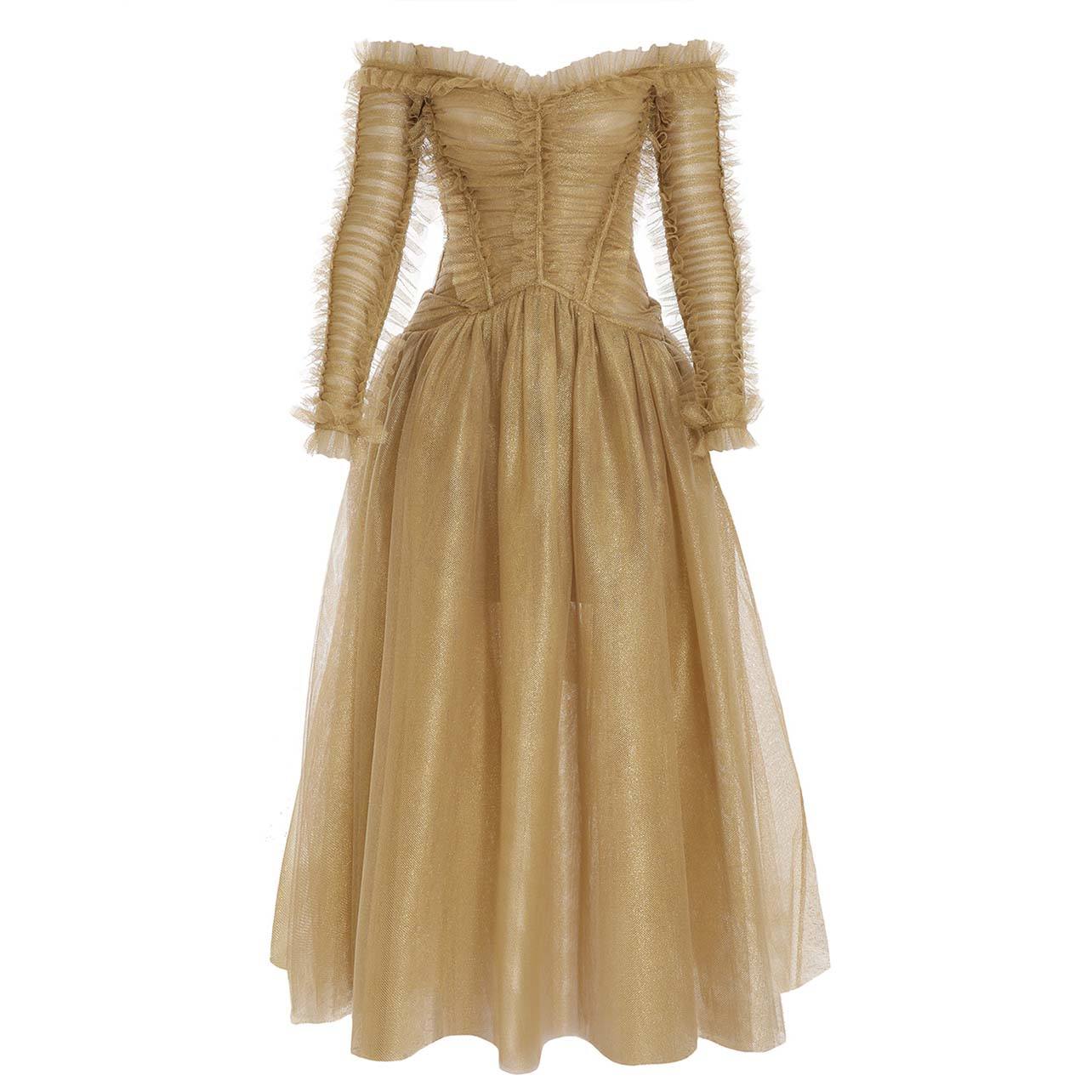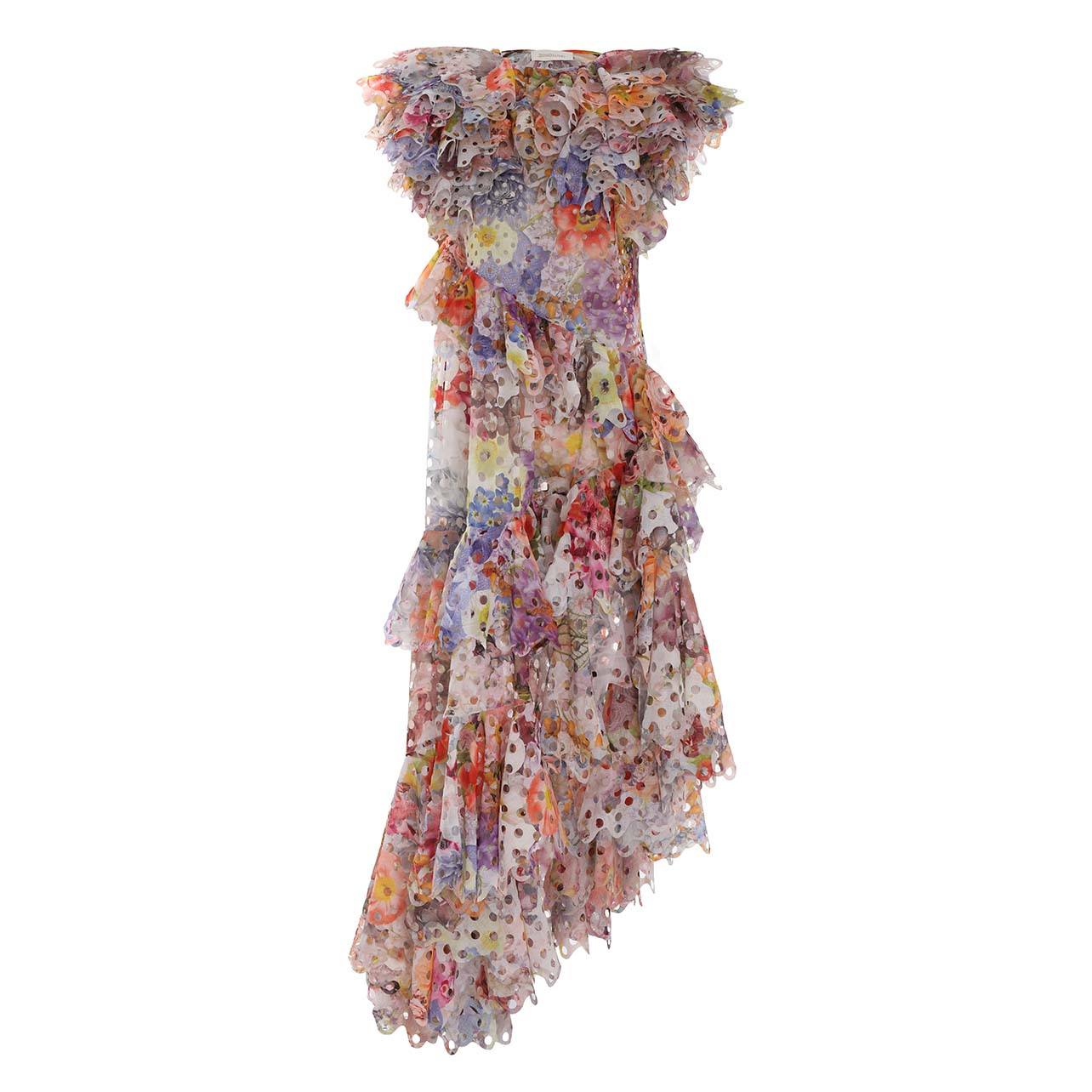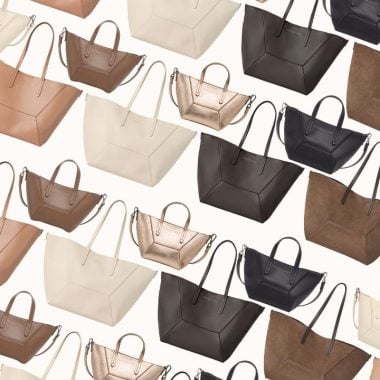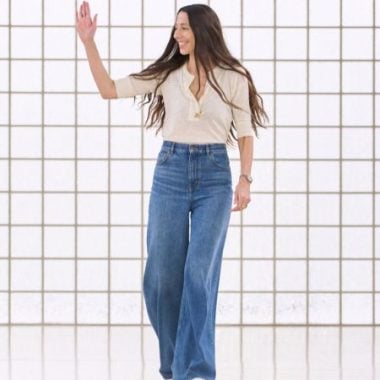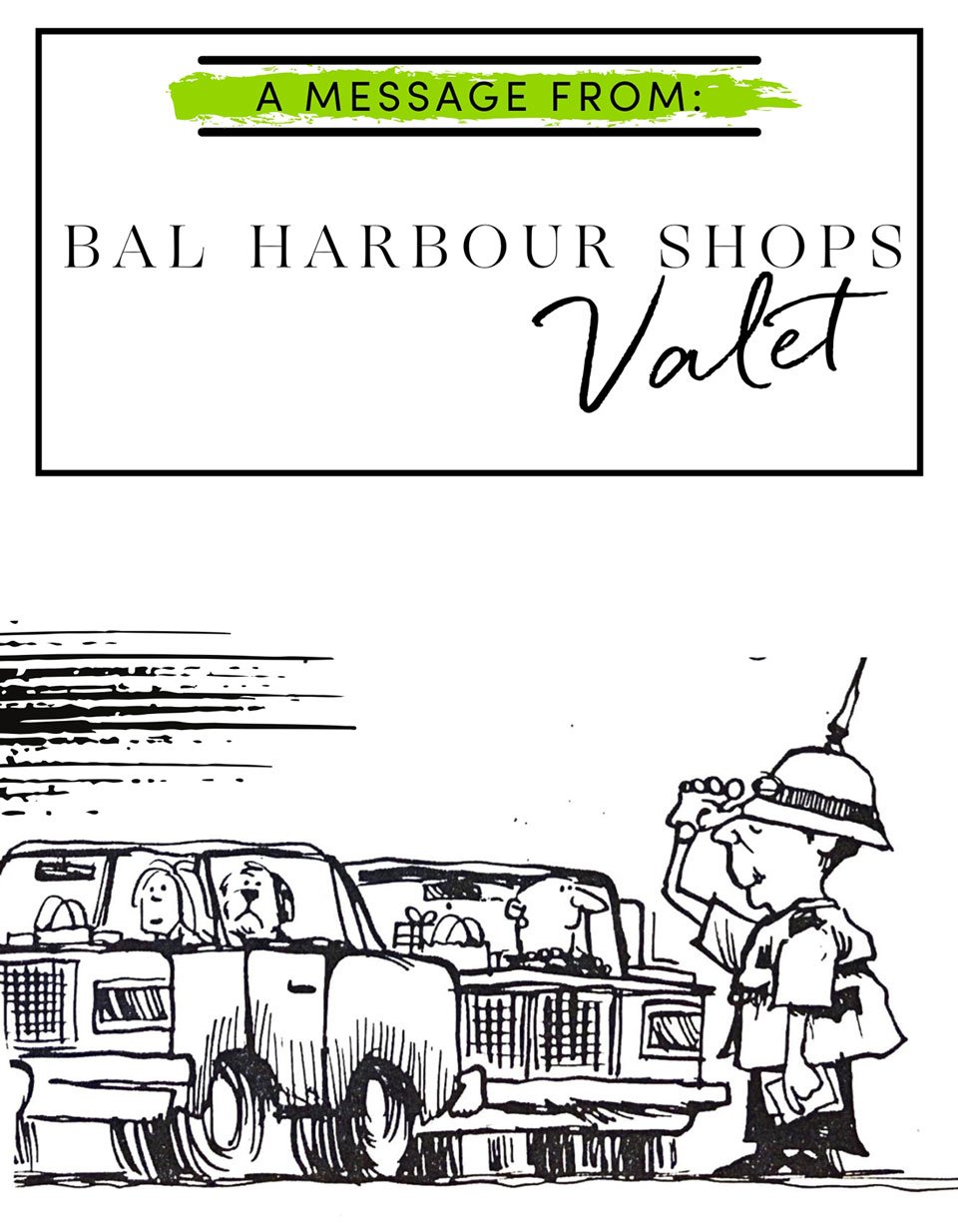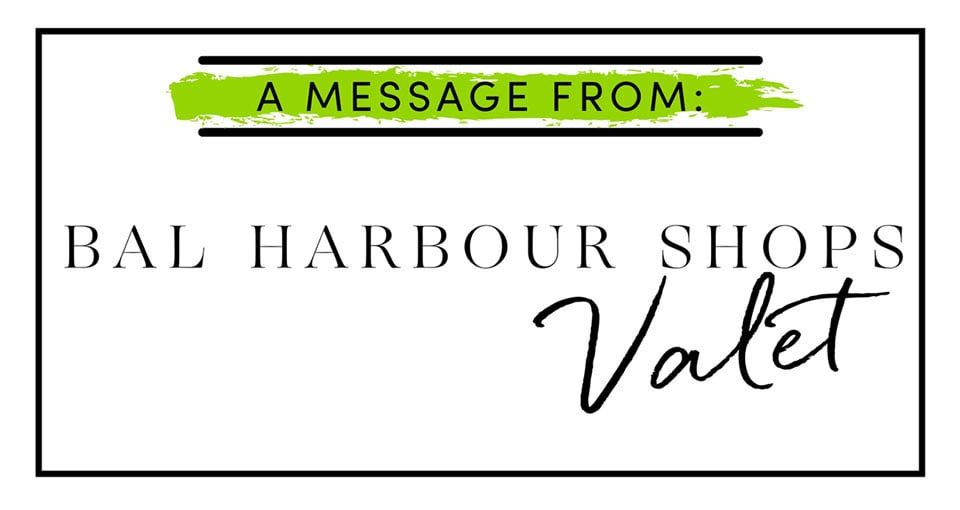By Darnell-Jamal Lisby
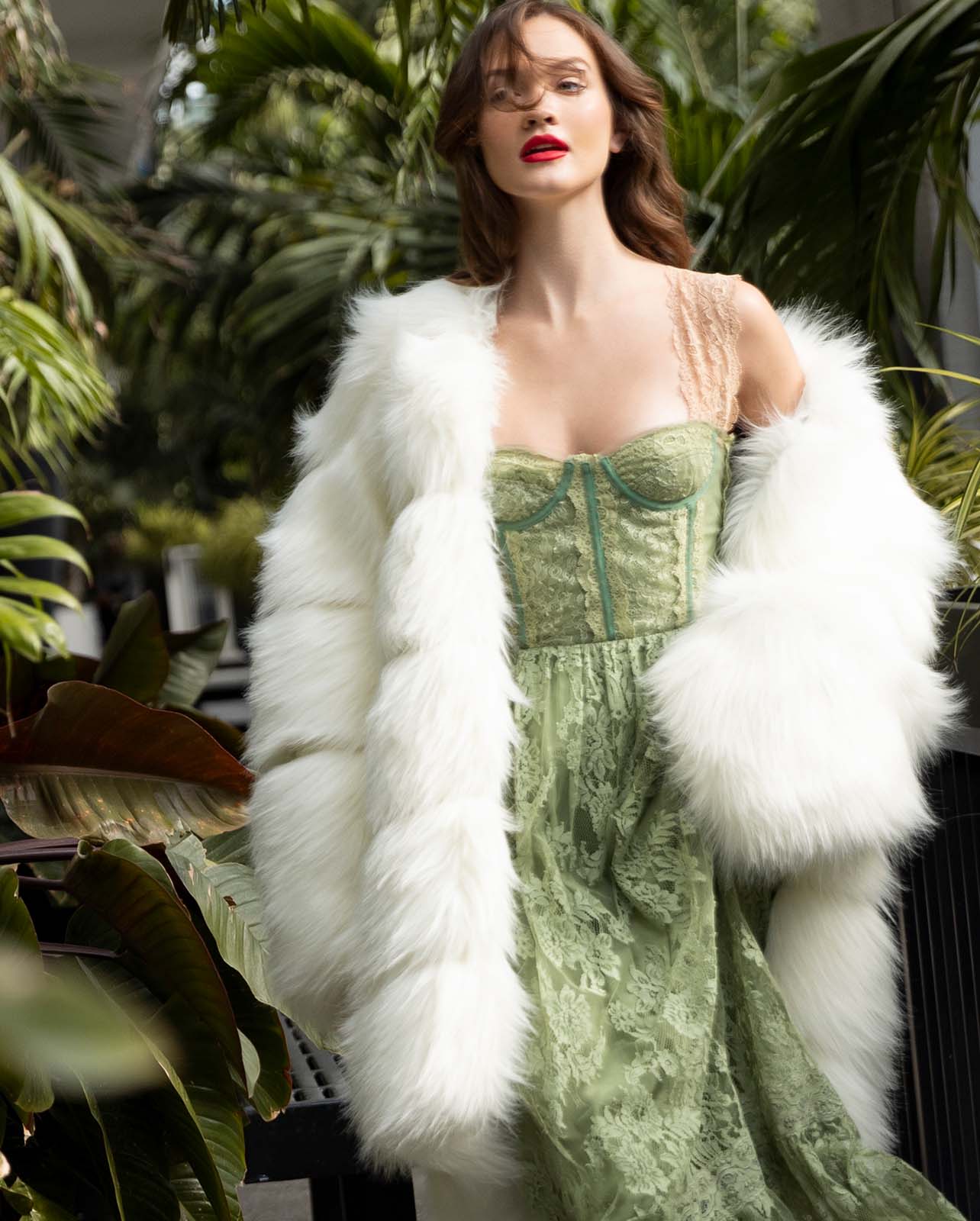
Model Emile Waters photographed by Andrés Oyuela in a full Gucci look.
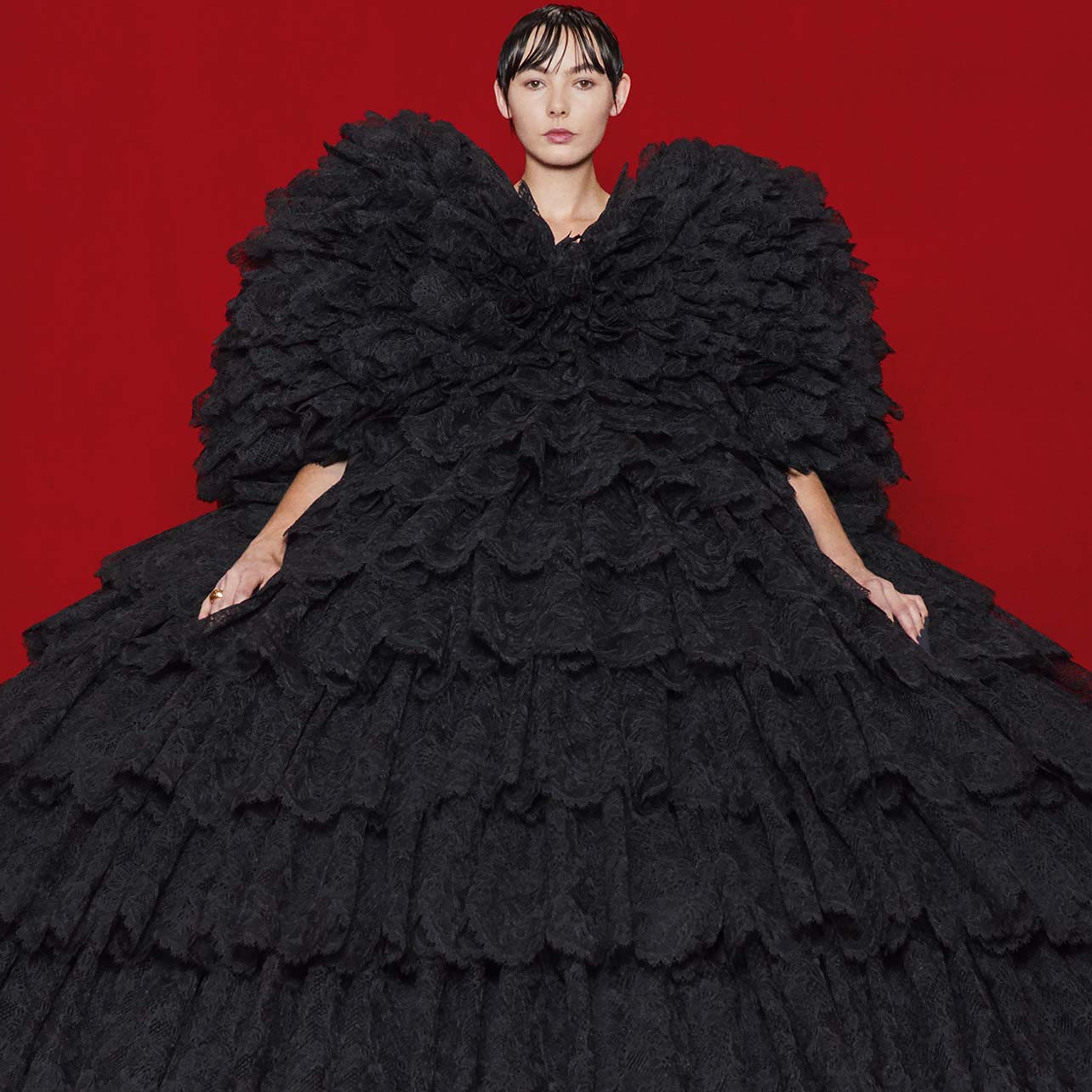
Demna Gvasalia for
Balenciaga Spring/Summer ‘22.
In Balenciaga’s Spring 2022 collection, the first look is a colossal, billowing and layered lace gown with leg-of-mutton sleeves. The gown’s size is a statement on its own, but the experimentation with lace is telling of one of this season’s significant trends. From Gucci to Zimmermann, lace has become a permanent signature of some fashion houses in recent years, while others dabble. Lace is not new to fashion history, especially as a favorite facet of spring garments in recent times, but its delicate appearance and fanciful details make it all the more fun to reinterpret.
Historians trace lace’s beginnings to the 15th century, during the early Renaissance. Prior to its fashionable expansion, earlier forms of cording on furniture decoration inspired the use of lace for clothing. At the time, there were two major types: bobbin and needle lace. Bobbin lace was almost like braiding threads, using a pillow to outline a pattern and small bobbins to hold the weaving thread in place. Needle lace was a lot more taxing and required a single lace to create a series of patterns, of which there were several forms that evolved over the 16th and 17th centuries. Linen was the favored fabric to create the lace that was fashioned into cuffs, sleeves, hems, collars and, eventually, ruffs.
Lace wasn’t gendered, but how it was fashioned created gendered distinctions. For example, certain styles of lace ruffs and collars exuded a sense of masculinity, while others were perceived as feminine. Regardless, lace represented power, sophistication and exclusivity.
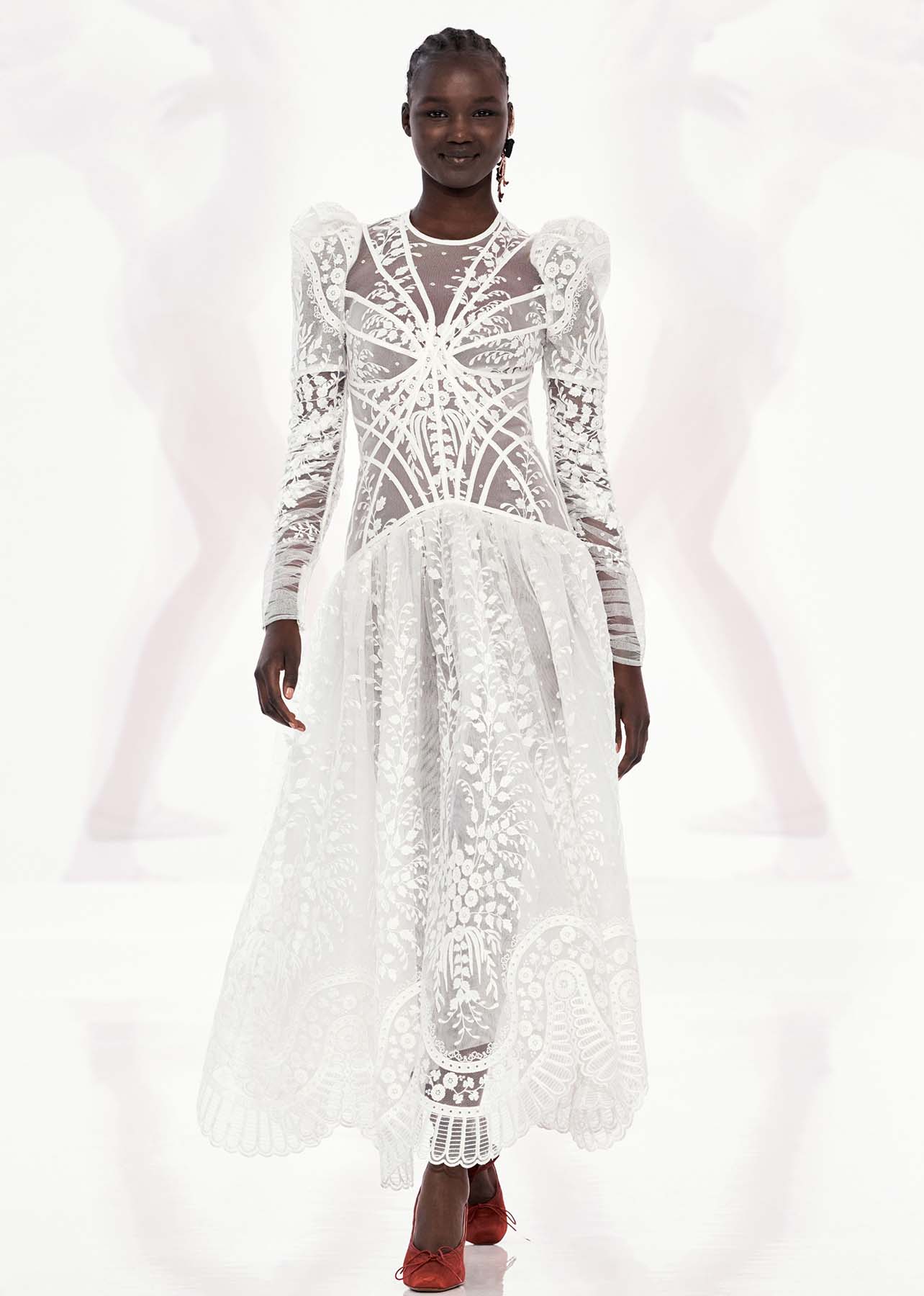
Zimmermann’s Prima Embroidered Midi Dress from the Spring/Summer ’22 collection.
As the transition of fashion power moved from Italy to France in the late 17th century, during the rise of Louis XIV, towns dedicated to textile production emerged to meet the demands of the court of Versailles. This was also the beginning of Paris as the center of the fashion industry. Chantilly became famous for its bobbin lace production, heralded in Versailles and across Europe. Eventually, the Industrial Revolution of the 19th century begat the invention of machine lace, but still the fabric remained an exclusive fashion. Even the previously mentioned Balenciaga gown speaks to the cage crinoline styles of the 1860s. But, by the 19th century, lace became strictly associated with womenswear, as men’s fashion became far more conservative. With the birth of the haute couture industry, lace continued to have its prominence, but the introduction of synthetic fabric allowed for more inexpensive lace to flourish in the marketplace. By the 20th century, lace became more limited to specific traditional associations such as weddings, church services and formal occasions.
Beginning in the 1960s and into the ‘70s, a major fashion historical moment was the Peacock Revolution. This menswear-focused trend encouraged men to wear more flamboyant and colorful styles and coincided with a cultural and political moment in which audiences challenged the boundaries of masculinity and femininity, especially regarding clothing. Sometimes, this went as far as reinterpreting 18th-century men’s suiting for contemporary fashions; certainly, Alessandro Michele’s vision of Gucci embraces the legacy of the Peacock Revolution and high-profile artists like Prince and Jimi Hendrix were notably seen wearing lace, in the form of blouses or cuffs. Gucci’s Spring 2022 collection was doused in lace ensembles—from dresses to men’s shirts. The collection represents not only Michele’s aesthetic perspective but a global push towards less-gendered fashion. Today, lace has become a vehicle for contemporary designers to challenge traditional views around gender and sexuality, embracing an age in which people are able to express who they truly are.
Gucci look styled by Sofia Daguano; hair and makeup by Red Market Salon.

